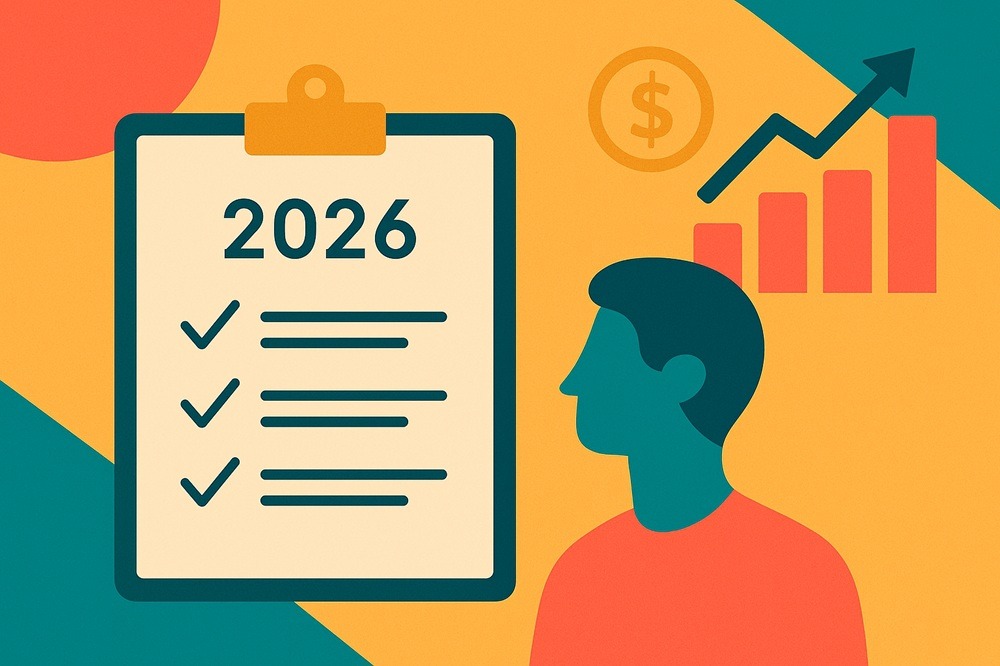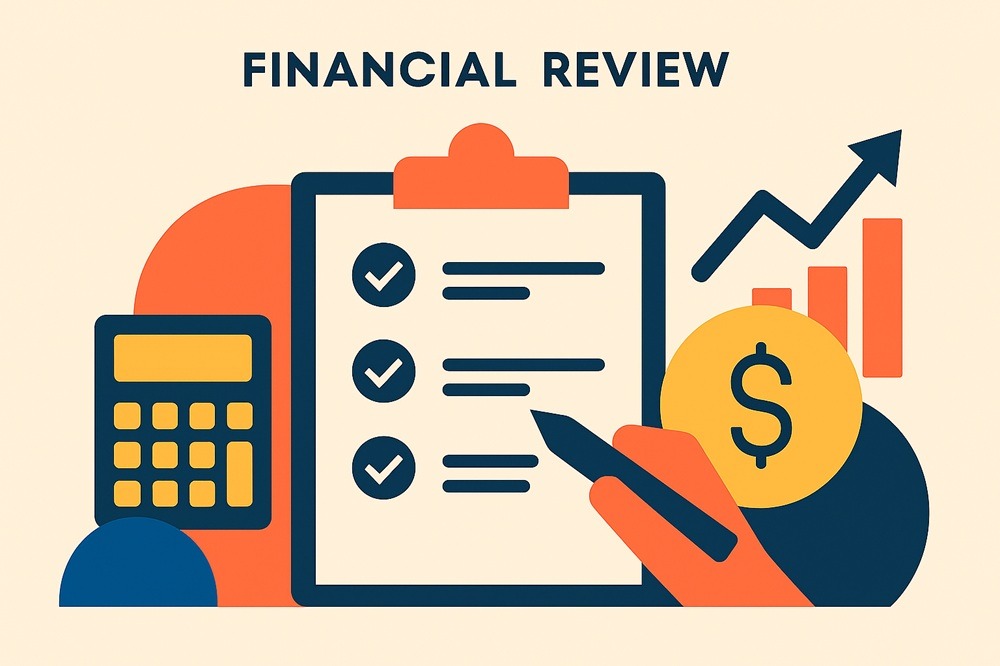Plan Ahead of the Stage 3 Tax Cuts

As Australia gears up for the implementation of Stage 3 Tax Cuts, it's imperative for both individuals and businesses to understand the upcoming changes and identify strategic planning opportunities. These tax cuts, part of the broader tax reform plan, aim to simplify the tax system, reduce the tax burden for many Australians, and stimulate economic growth, after a challenging economic period.
Understanding the Stage 3 Tax Cuts
We discussed the changes a couple of weeks ago. Here’s a summary of those changes. From 1 July 2024, the tax changes will include:
- A reduction in the 19% tax rate to 16% for incomes between $18,200 and $45,000.
- The 32.5% tax rate will be reduced to 30% for incomes between $45,000 and $135,000.
- The threshold for the 37% tax rate will increase from $120,000 to $135,000.
- The threshold for the 45% tax rate will be increased from $180,000 to $190,000.
Planning Opportunities
Now is the time to think about how you might adjust your income and deductions to benefit from the new tax environment. If your income is on the higher side, you might find yourself in a lower tax bracket next year. This presents a unique opportunity to accelerate deductions into this year, for example, through prepaying some of your deductible expenses. If you have a super balance under $500,000 and income ranging between $120,000 and $200,000, considering the use of your carry-forward concessional contributions this year could be particularly advantageous.
The upcoming tax cuts give us a good opportunity to review our super contributions strategy. There might be merit in bringing forward any deductible super contributions, such as salary sacrificed and personal super contributions that you were planning for the 2024-25 financial year to the current financial year. This strategy could be especially relevant if you're not receiving super guarantee contributions due to your type of employment, for example, self-employed.
With the prospect of lower tax rates, it's a good idea to look again at how you're paying off debt and managing your spending to make the most of possible tax savings. Now might be a smart time to get ahead on any repairs or maintenance you were thinking about for your investment properties, or even paying upfront for things you can deduct in tax, like interest on investment loans (if your lender lets you).
If you're thinking about retirement or planning to sell assets that could result in a capital gains tax, the timing of these decisions could significantly impact how much tax you have to pay. For example, if you can wait to sell your assets in a financial year when your marginal tax rate is lower as a result of the stage 3 tax cuts (or otherwise for that matter), you could save a lot of money on taxes.
Finally, the tax cuts are expected to leave many of you with more disposable income. It’s important to think strategically about how to use these extra funds. Increasing your contributions to superannuation is one way to make your money work harder for you. You can also consider paying down any high-interest debts, making extra mortgage payments or even setting up an emergency fund.
Our team is here to guide you through these opportunities and help you tailor a strategy that aligns with your personal financial goals. This may also lead to further planning opportunities that have not been discussed in this article. Embracing these tax changes with a well-thought-out plan can significantly enhance your financial wellbeing in the years to come.



